TV ports explained: What all those HDMI, USB and other connections are for?
TV ports explained: What whol those HDMI, USB and other connections are for?
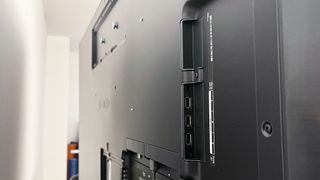
If you're not someone who sets up a new TV every workweek the way I am, past you'ray probably not same familiar with the various connections and ports found on today's smart TVs. And, if you'Re like most people, the only time you really look at those connections is when you're trying to set skyward a new TV or add a new device, the likes of a game console or Blu-ray participant. Which can make those occasional excursions arse the TV a little intimidating. There's a lot of connectors, and you may not embody sure what most of them brawl.
We are here to help. This handy guide will identify the most commons ports found on modern smart TVs, and help you cognise what taxon inside information are important for getting the rightfield connection for the word-perfect device.
- The record-breaking TVs we've tested and reviewed
- Need help? How to prepare your new smart TV
- Advantageous: How to watch the Halloween movies in order online
Where do I detect the ports on my TV?
On the majority of smart TVs, you will find the ports on the back of the set, usually near the right or left lateral of the build for easy access. While many TVs consolidate all of the ports into a unary panel of connections, some sets have two — one for the primary HDMI and USB connections, and a second for less-used ports, like Composite video and Ethernet.
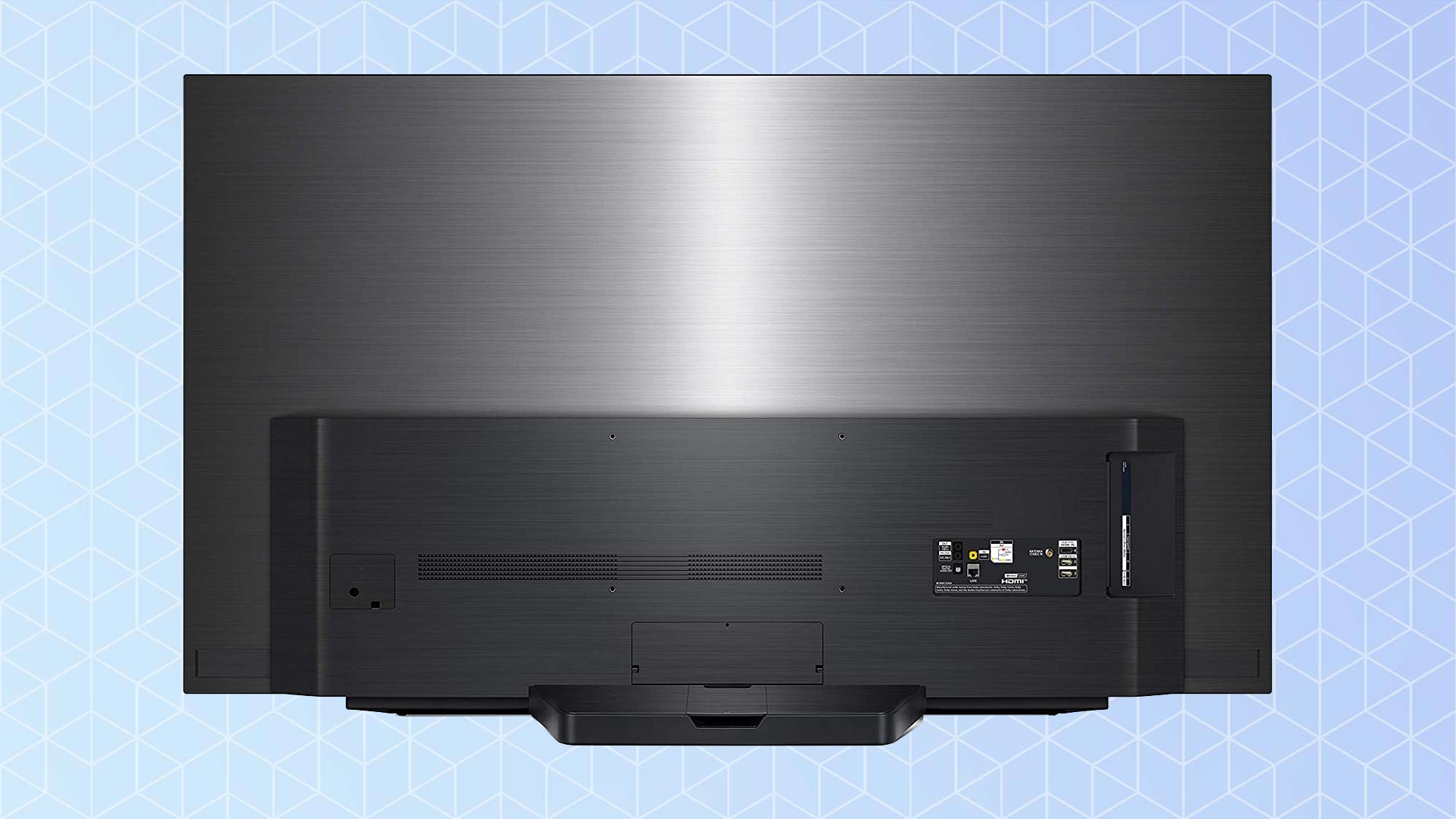
In some instances, a TV leave have a separate box that includes all of the familiar TV ports, connected to the TV by a single cable. This is the lawsuit with Samsung's OneConnect box, found on several of it's high-end TVs, arsenic well equally select OLED models from LG.
Video and audio connections
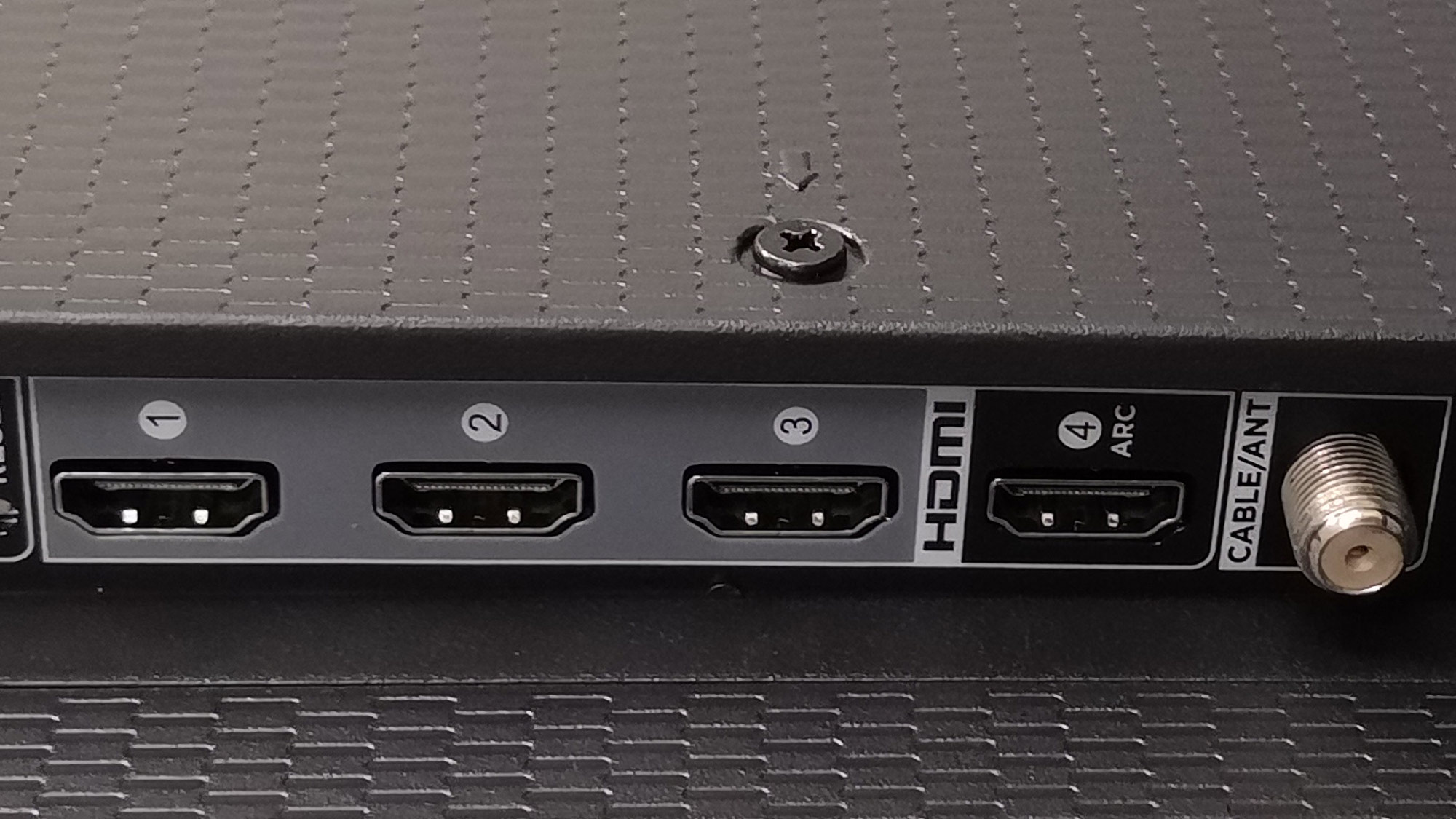
HDMI: HDMI stands for High-Definition Multimedia Interface, and is the standard connection for modern video and audio across TVs, media players and audio frequency products. Almost whatsoever device you lack to connect to your TV will expend HDMI, just that doesn't mean that the standardized HDMI connecter will ever offer the same link and features. With a standardized connexion shape and member signal that can contain everything from ultra HD video and surround sound to internet data, HDMI is a versatile connexion. But there's more than one version of HDMI, and new HDMI standards have added new features and functions to seemingly identical HDMI ports.
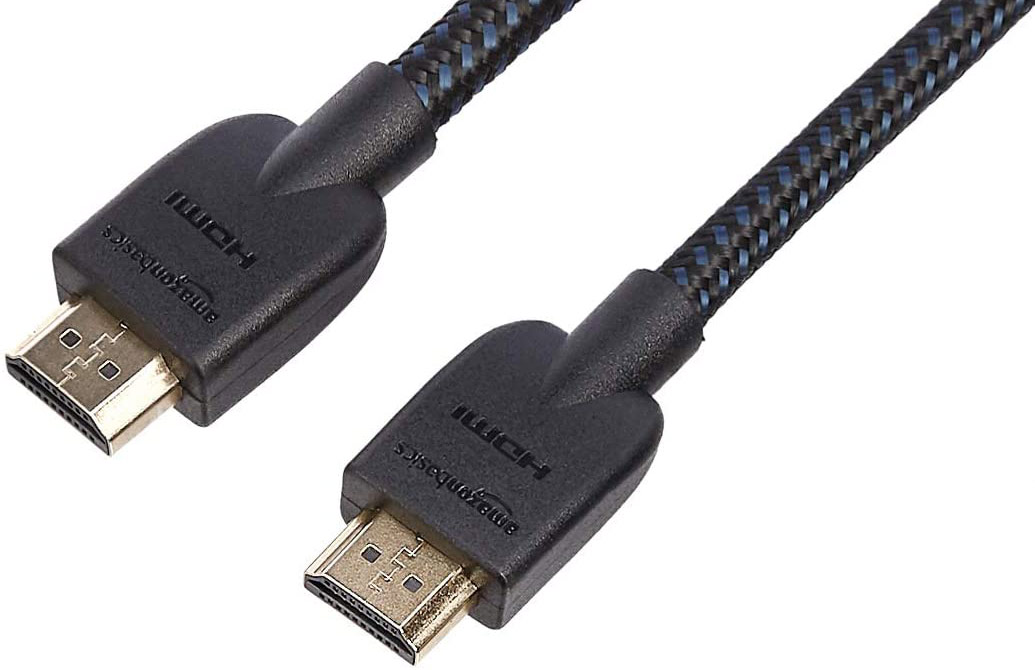
In fact there are three primary versions of HDMI that you'Re likely to find on today's TVs, each with slightly different capabilities and features. If you'Re lucky, these are clearly marked on your TV, along with identifying what standard they use. More often however, you'll need to dig into the substance abuser's manual or find the product paginate for your TV and look at the technical specifications to determine which are which.
- HDMI 1.4 - Supports 1080p and 720p video and sound, but more often than not isn't used connected modern 4K TVs.
- HDMI 2.0 - Supports 4K picture and refresh rates up to 60Hz. Unless specifically identified A HDMI 2.1, this is the most common HMDI reading in use on today's TVs.
- HDMI 2.0a - An update to HDMI 2.0 that added stick out for High High-octane Range (HDR) metadata.
- HDMI 2.0b - An update to HDMI 2.0 that added support for Hybrid Lumber Gamma (HLG) video, which is a diametric form of HDR used in TV broadcasting.
- HDMI 2.1 - used by the latest game consoles and found on higher-end TVs, HDMI 2.1 offers more bandwidth for supporting higher frame rates, up to 8K solving, and a routine of decided features. Here are the best TVs with HDMI 2.1.
Broadly speaking speaking, most current TVs have 3 OR 4 HDMI ports (we recommend opting for more when you throne). If you find yourself with more devices than you have ports, you should probably get i of the best inferior HDMI switchers to add some superfluous connections.
Find impossible more about the latest HDMI offerings in our article What is HDMI 2.1? Here's everything you need to know.
ARC or eARC: Information technology's also likely that one of those HDMI ports will be labelled ARC, which is short for Audio Income tax return Channel, a feature of some HDMI connections. It offers two-party communicating between devices over a single HDMI connection, letting you use a one-person HDMI cable television service to plug in a TV and soundbar, using that single HDMI as both an input and an audio frequency output.
A newer version of Spark is enclosed in HDMI 2.0 and 2.1, called enhanced audio return channel (eARC). The biggest improvement eARC offers is support for full-resolution audio signal, meaning that IT supports Dolby Atmos and other uncompressed speech sound formats.
Se more than in our guide What is HDMI ARC?
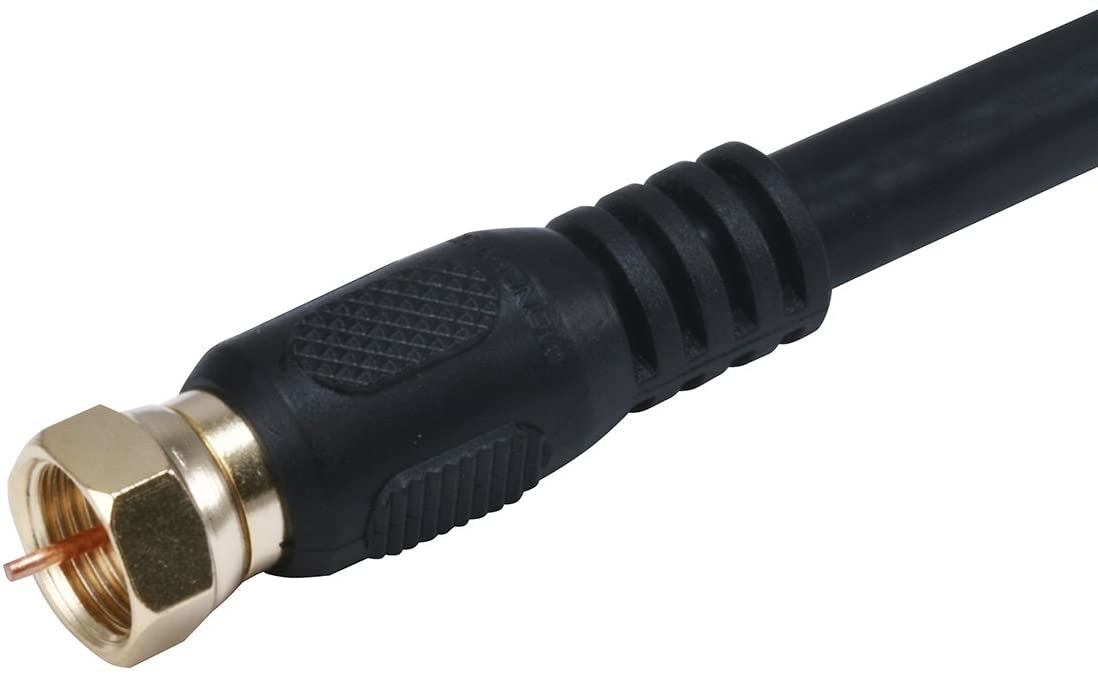
Concentrical/RF connector: A threaded link in use with coaxial cable for conjunctive a TV antenna or older cable and planet TV equipment (though cable television and satellite now use HDMI exclusively). This connection uses a screw-on RG-6 or RG-59 cable, and feeds into the TV's built-in TV tuner. Because concentric cable is used to transmit both UHF and VHF radio waves, this is the standard connection for o'er-the-air TV signalize, including current ATSC 1.0 and ATSC 3.0 digital standards.
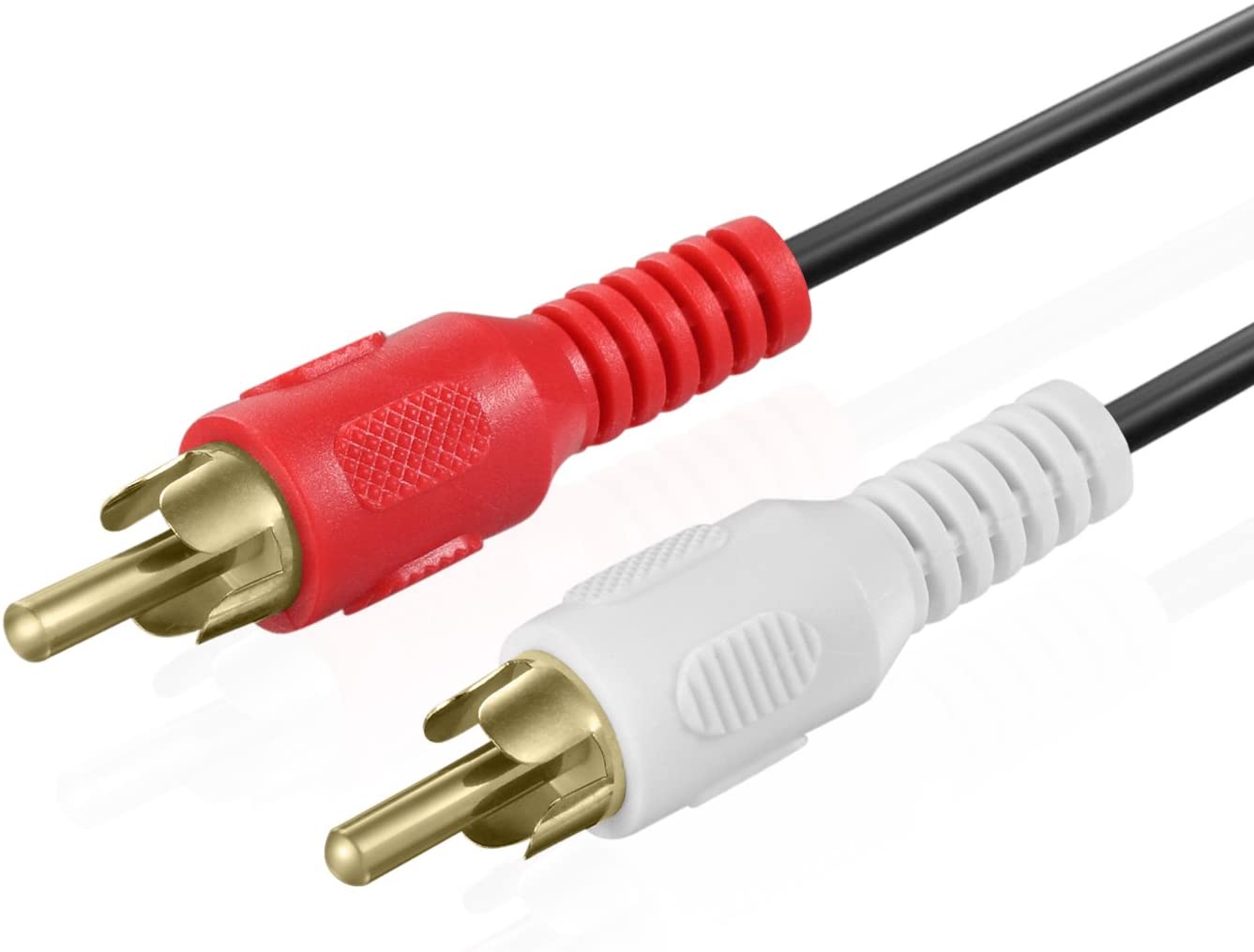
RCA connection: This round style of plug is oftentimes referred to As an RCA connection, which is chunky for Radio Corporation of America, the company that developed the plug designing. RCA plugs are exploited for audio, composite video and component video connections.
Composite video: An older video association that's still recovered on current smart TVs, and can be known aside a yellow RCA connexion, operating theater sometimes a sensationalistic phone jacklight-style connector (generally with an included earpiece jack-to-RCA adapter). This older classical uses analog video sign, and doesn't substantiate HD telecasting formats, but is useful for connecting older devices, comparable Videodisc players and ex post facto gambling equipment.
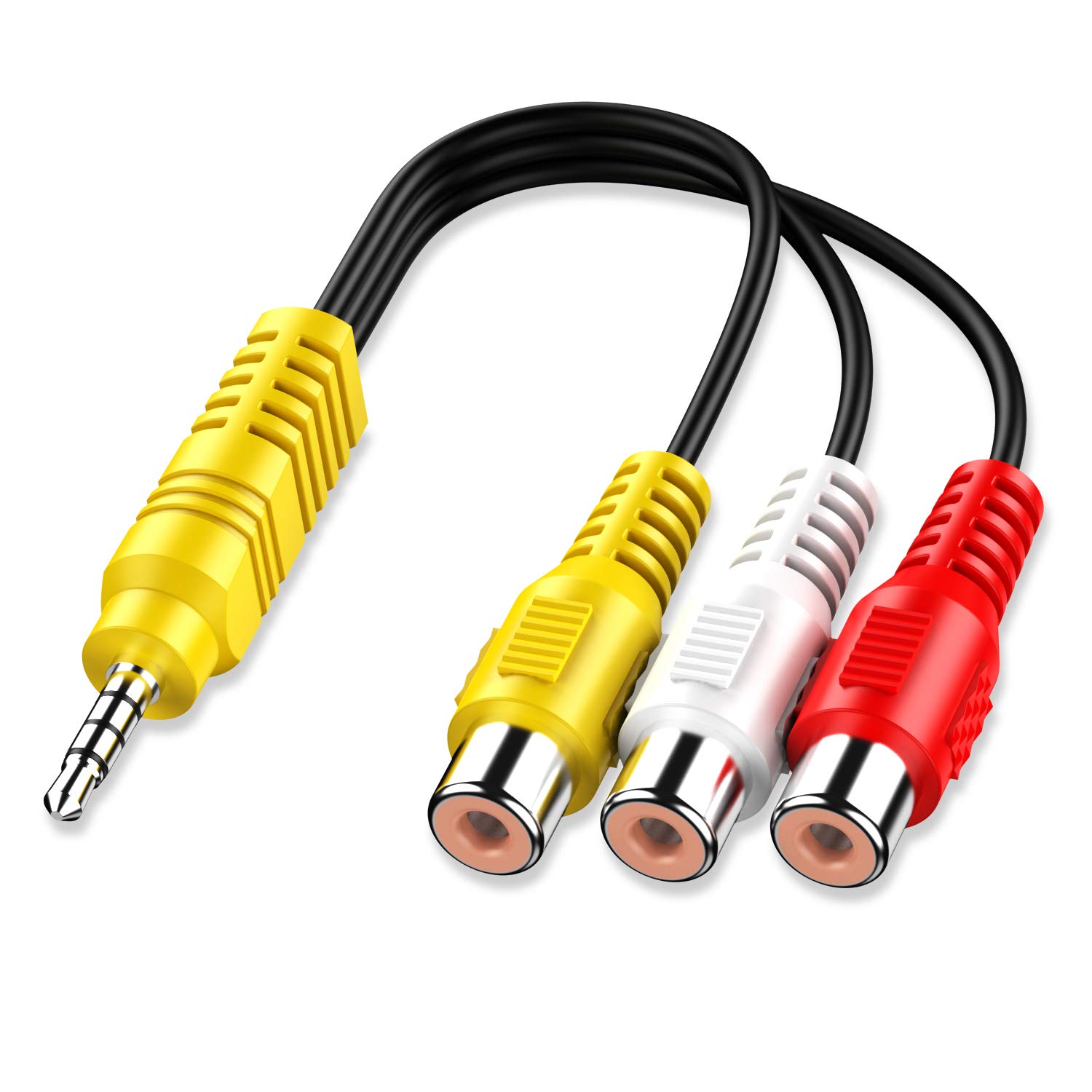
Often on modern TVs, this connection will wait very different, using a headphone jack-style connection that is marked scandalmongering or labeled "AV input." This requires an adapter, which combines composite video with RCA stereo sound happening a single connection.
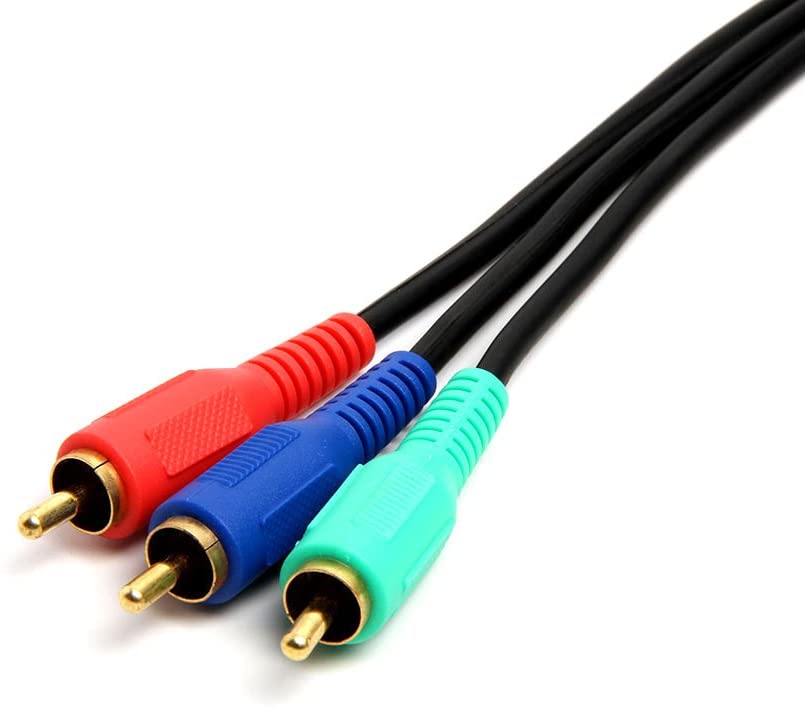
Component video: Another senior video connection (and one which has largely disappeared from current TVs), is component picture. While information technology uses the same RCA type connectors as composite plant video, it carries linear video recording signal that has been split into ternion separate signals for higher picture fidelity.
Stereo analog audio frequency: Easily identified by a pair of ruby and light inputs, this audio connection is used for stereo sensible, with the white connection carrying the left channel signal and the red connection carrying the right channel.
Headphone/3.5-millimeter audio seaman: A everyday sight that might still leave you confused is a normal looking headphone jack. Though rarely situated in a roomy spot for your average set of wired headphones, you can, in fact, manipulation this jack for private listening with a longer audio cable. The connecter is also used for connecting pumped up stereo speakers.
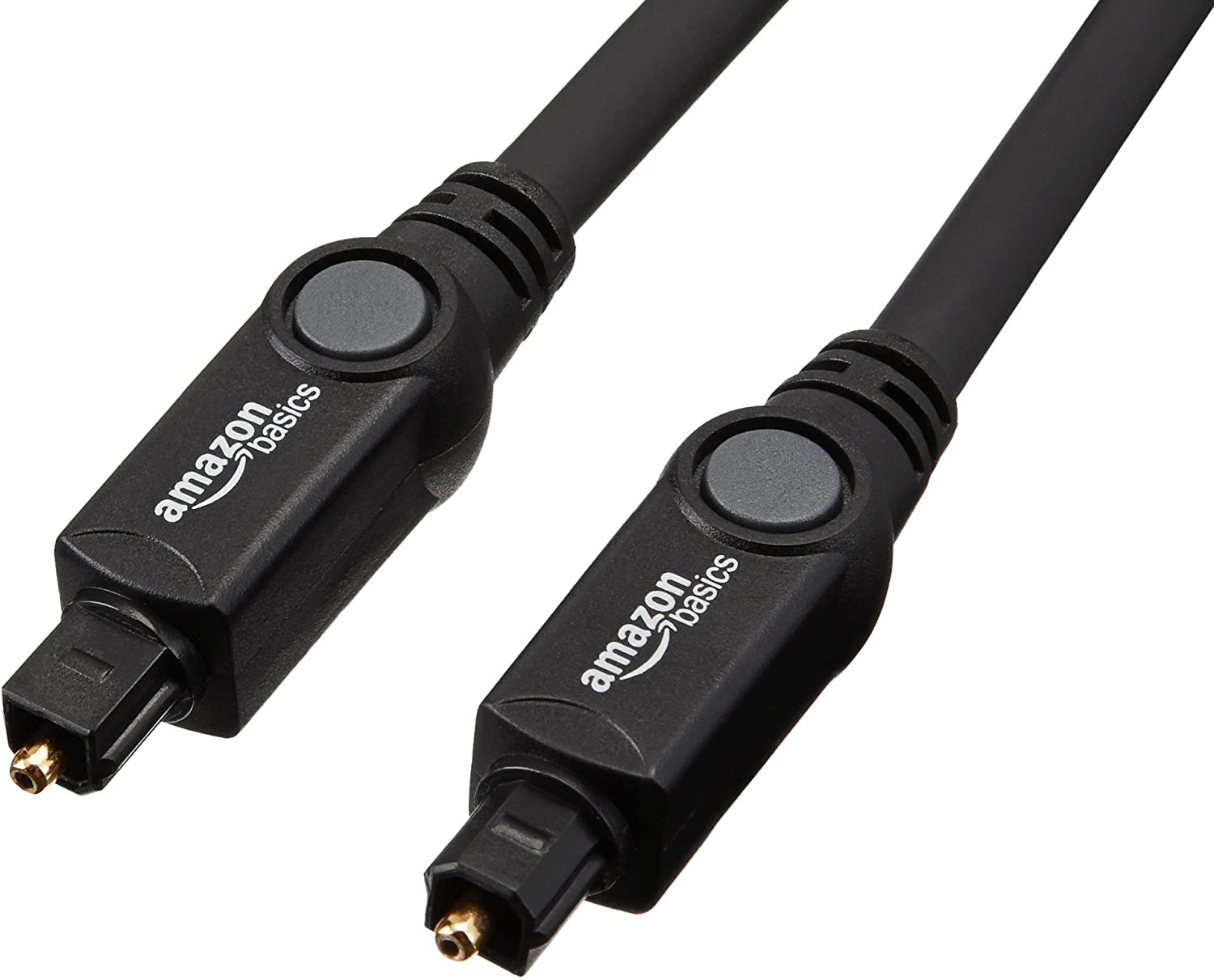
Digital optical sound: (Sometimes tagged TOSLINK surgery S/PDIF.) An audio connection originally developed by Toshiba, which uses fibre optic cable and pulsed light to send extremity audio signals. Though information technology was a cutting edge in technology in it's day – integer optical audio was once the must-have connection for multi-carry sound – it doesn't tender the same all-embracing format support of HDMI, and is limited to a maximum 16-foot cable duration. This older audio frequency connection is still found on many TVs thanks to the prevalence of older audio computer hardware.
Data connections
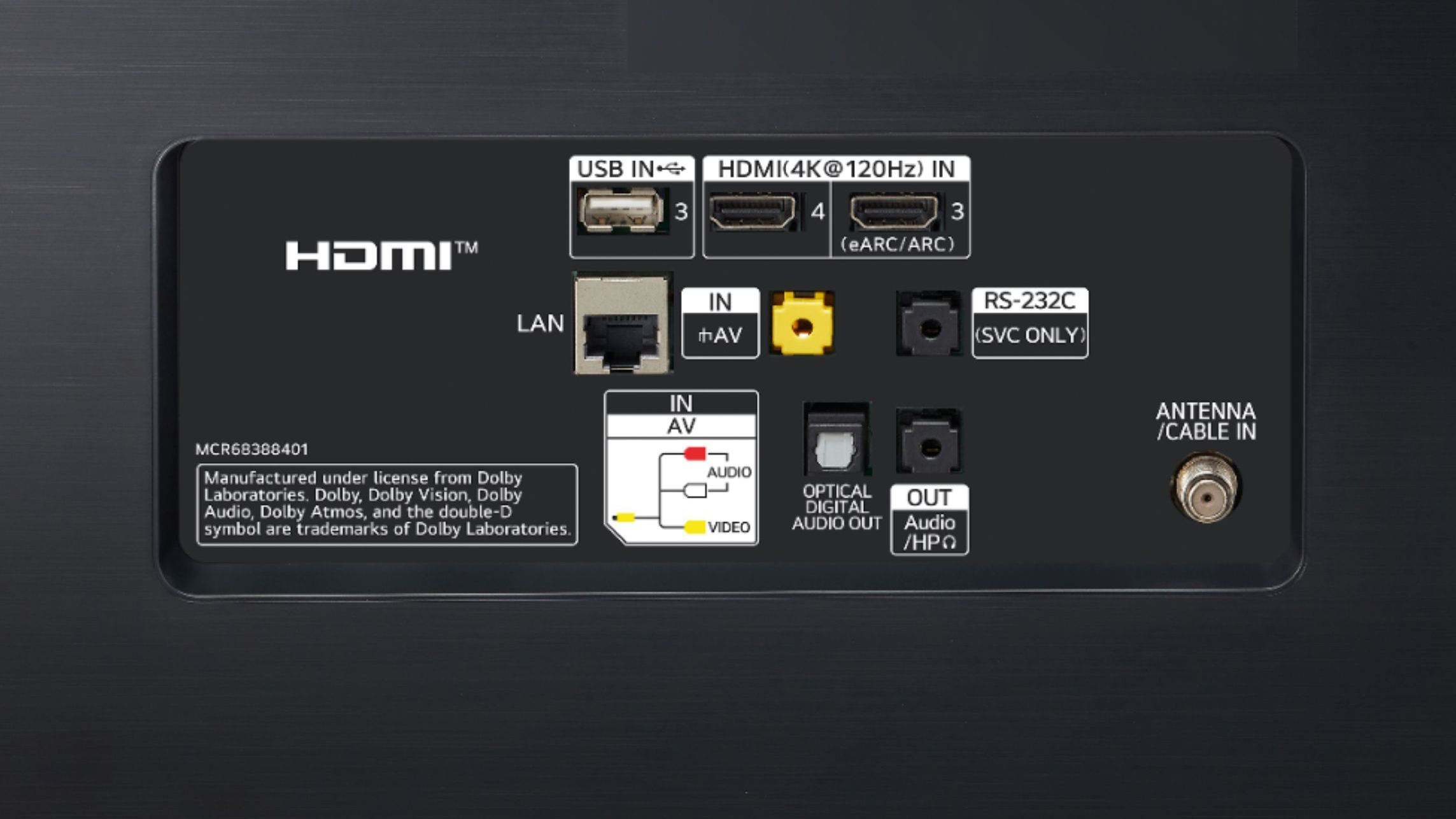
USB: A common connector on everything from smart TVs to laptops is USB. These ports rear end be put-upon for connecting a flash drive for showing media on the TV, or to baron devices over USB, so much as a streaming stick or amplified antenna.
Only the USB port on your intelligent TV is a little different than the one you might use up on your MacBook Pro. For starters, IT uses a USB A connector, which was once ubiquitous for every last USB connectivity, just is being supplanted by the more compact USB type-c connector. In addition, the majority of USB ports on TVs use USB 2.0, an older standard that offers enough bandwidth for things like sharing photos and video, but non enough for to a greater extent intensive data transfers.
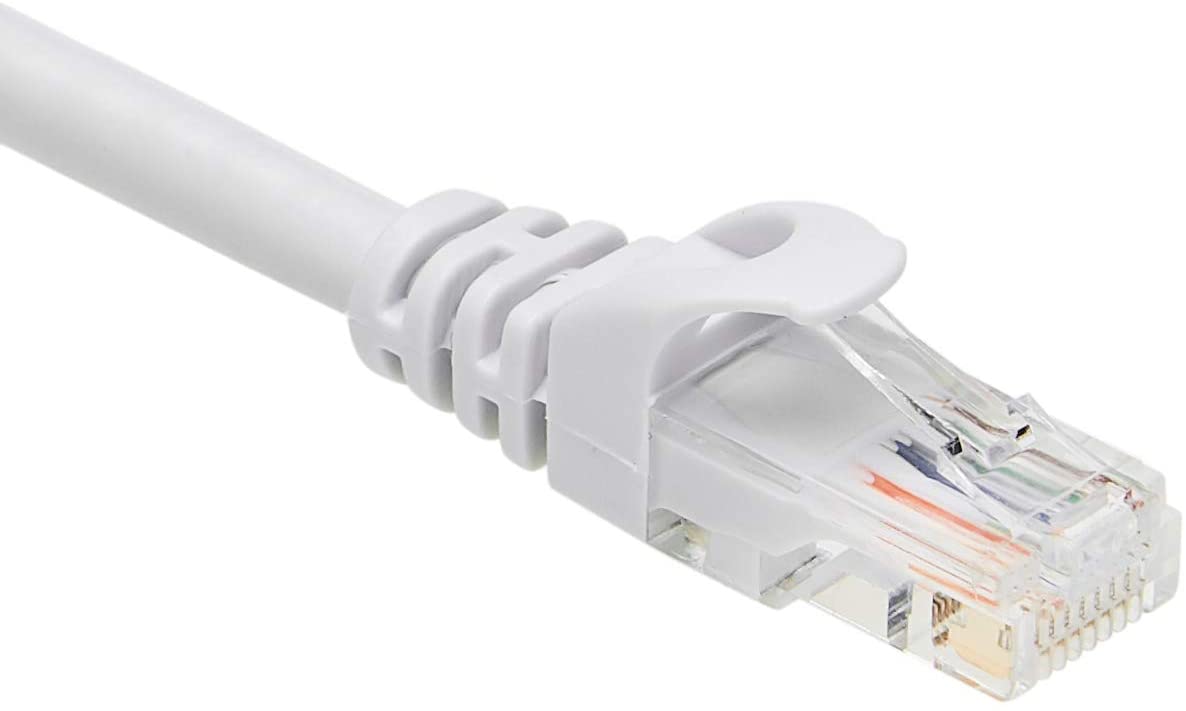
Ethernet: Ethernet or Local Area Network (LAN) is a wired connector to your home mesh. While most people will opt for Wi-Fi to connect their with-it Video for streaming and other online uses, Ethernet will actually offer a higher data channelis rate, and is unoccupied from the interference that Wi-Fi can sometimes experience in packed environments with lots of wireless devices. If realizable, we recommend connecting smart TVs terminated Ethernet.
Badger State-Fi: One of two important connections that you North Korean won't see on the connection panel of your smart TV is Wisconsin-Fi. The majority of current TVs use 802.11 Atomic number 89 Wisconsin-Fi, which is a common, but aging standard. It's sufficient for streaming full HD and eventide 4K video, only it's unerect to becoming a bottleneck in confident situations.
Some newer TVs, such as Samsung's latest 8K TVs, are equipped with the newer Wi-Fi 6 standard or the supercharged variant Wi-Fi 6E. These newer standards offer more information throughput for handling the increased demand of 8K TV, but do require a compatible router with the like faster standard.
Bluetooth: The other connector without a port is Bluetooth. Used for some wireless sound and data transfer, Bluetooth can be used for a variety of devices, from wireless headphones and speakers to peripherals more common to the office, such as keyboards and pun controllers.
Most TVs are armed with Bluetooth these years, simply check the specifications for whatsoever TV you're considering, as whatsoever TVs use Bluetooth exclusively for sexual unio the remote see, or will let you colligate audio devices, but non peripherals like a keyboard.
Inferior common connections
If you're at all intimate with TV ports, or steady have just taken over a import to familiarize yourself with the basic connections recorded above, you power still witness that some TVs have a connection or ii that aren't institute on that list. These unusual connectors broadly aren't put-upon by the remnant user, because they're not for connecting any sort of media gimmick Beaver State entertainment equipment.
Instead these specialized ports are for more specific uses, like adding functionality for custom installations, or providing technician access for standardization.
One partisan port you might find is an RS-232 connection, which rear hire a couple of contrastive forms. It may look equal a serial port wine (which it effectively is) or it can look like a earphone jack. This link is used by technicians to operate diagnostics and system updates happening smart TVs.
Another might represent tagged IR Blaster. It uses a headphone-style connector, simply International Relations and Security Network't an output for sound, but an input for an IR sensor, letting a new sensor for the remote insure to be placed in a commodious spot when custom installations block the shapely-in sensor or make it noncompliant to use of goods and services.
- Best TVs with Chromecast built you hindquarters buy right now
- What's the conflict? Google TV vs. Android TV
TV ports explained: What all those HDMI, USB and other connections are for?
Source: https://www.tomsguide.com/features/tv-ports-explained-what-all-those-hdmi-usb-and-other-connections-are-for

Posting Komentar untuk "TV ports explained: What all those HDMI, USB and other connections are for?"